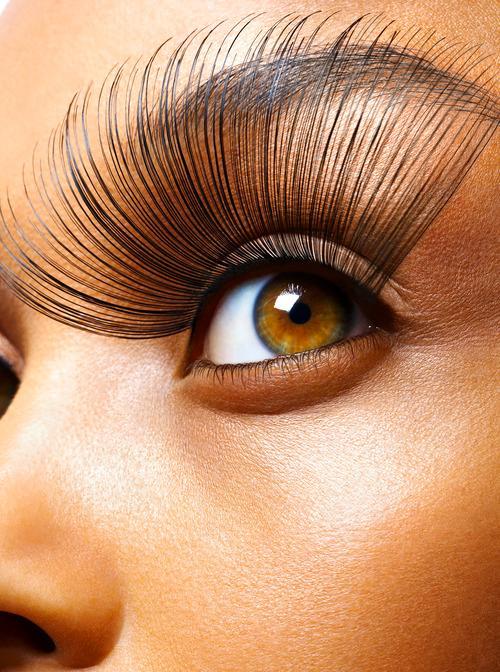You
may not think much about picking up a new mascara or shampoo, but we
guarantee your jaw will drop when you find out that, according to
research firm The Beauty Company, $426 billion were spent on the beauty
and personal care industry in 2011. Continue...
The
industry obviously targets women, claiming to enhance their appearance
or fix issues you never even knew you had. And while there are loads of
great product reviews from experts and users, it can be hard to discern
which items really deliver on their promises and which are total B.S..
A new website called Beauty Lies Truth,
hopes to educate women to understand more about the ingredients in said
products—and the marketing behind them. Sleigh Bells frontwoman Alexis
Krauss (who starred in Sephora’s 2012 holiday campaign) and Harvard
Business School student Jessica Assaf (a founding member of the teen-led
coalition Teens for Safe Cosmetics) are definitely on to something. Here are just a few of the ways the beauty industry dupes female consumers.
False advertising
Many leading cosmetics brands have come under fire for misleading ad campaigns.
Mascara ads claim to make lashes exponentially longer or voluminous and
then you read the fine print below and it will say “styled with lash
inserts” or “lashes enhanced in post-production.” Anyone looking at the
ad would expect to see similar results, but you can’t believe everything
you see. Just like a McDonald’s hamburger will never look as appealing
in real life as it does in a photo, beauty ads are not to be trusted.
“Natural” products
What is natural? There’s actually nothing quantifiable about the term. When something is certified organic
you know that 95 percent the product is made without pesticides and
fertilizers. But even the FDA is transparent about the abuse of the word
admitting, “the FDA has not developed a definition for use of the term
natural or its derivatives.” When in doubt, check the ingredient list.
Products geared towards the opposite sex
Women may prefer razor blades
that are pink instead of black, or have a no-slip handle that’s easier
to use in the shower, but there’s no reason why ladies can’t use
products geared towards guys or sold in the men’s section. And Consumer Reports have found that items like razors, shaving cream, deodorant, and body wash can cost more when marketed to women.
Anti-cellulite claims
While some products on the market
may tighten skin and reduce the appearance of lumps and bumps, no
over-the-counter product is going to cure your cellulite for good.
Continued application of firming creams and rigorous massage may help,
as can losing weight and changing up your diet. Self-tanners can also
minimize the look of cellulite. But there is no scientific evidence that cellulite creams will burn fat or lessen dimples in the skin.
“Botox in a bottle”
Can anti-aging creams and
ingredients like retinol minimize wrinkles and make your face look more
firm and youthful? Absolutely. Will they give you the same results as injecting Botox into your face? Of course not. But that won’t stop cosmetic brands from making these types of claims.
Suspicious marketing
Beauty giants spend millions of
dollars on research and development, fine-tuning the formulas of their
products. Once they land on something great, don’t be surprised if the
ingredient list is completely identical from two different brand names
under the same umbrella. Perhaps one line caters to a sporty woman while
another appeals to someone more girly or trendy. It’s an easy way for
them to increase sales with products that would be indistinguishable
aside from the product name and packaging.

No comments:
Post a Comment